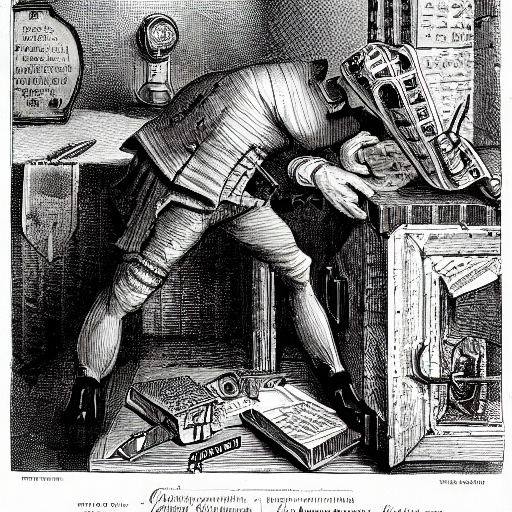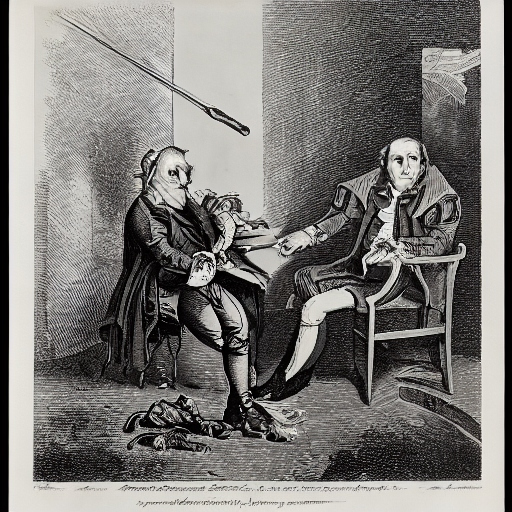Welcome back to our “Crypto Math Series,” where we journey through the captivating world of cryptography. Today, we unlock the mysteries of the Quadratic Residuosity Problem, a pivotal challenge in the pursuit of secure foundations for digital communication. Join us as we explore its historical significance, the driving forces behind its resolution, and even simulate a Quadratic Residuosity scenario using Python. 🚀🤔🔢🔐
Unraveling the Enigma
To understand the Quadratic Residuosity Problem, we must rewind to an era when securing digital communication was a distant dream. In the annals of history, mathematicians grappled with a fundamental question: “Is there a way to determine if a number is a quadratic residue modulo a prime?”
The Quest for Secure Foundations
-
Carl Friedrich Gauss: The renowned mathematician Carl Friedrich Gauss played a pivotal role in the exploration of the Quadratic Residuosity Problem. His work laid the foundation for understanding quadratic residues and non-residues.
-
Cryptographic Necessity: As digital communication became prevalent, the necessity to determine quadratic residues gained prominence. Cryptographers sought a way to ensure secure and efficient encryption methods.
The Quadratic Residuosity Problem
The Quadratic Residuosity Problem centers around determining whether a given integer is a quadratic residue modulo a prime number. It plays a crucial role in cryptographic applications, including secure key generation and digital signatures.
1. Quadratic Residue: If a number is a quadratic residue modulo a prime, it has a square root that is also an integer.
2. Non-Residue: If a number is not a quadratic residue modulo a prime, there is no integer square root modulo that prime.
Resolving the Quadratic Residuosity Problem
The Quadratic Residuosity Problem is resolved through mathematical techniques involving modular arithmetic. In practical terms, we can determine quadratic residues and non-residues using Python. Let’s simulate an example:
def is_quadratic_residue(n, p):
return n ** ((p - 1) // 2) % p == 1
prime = 17
number = 8
result = is_quadratic_residue(number, prime)
print(f"{number} is a quadratic residue modulo {prime}: {result}")
In this Python code, we determine whether a given number is a quadratic residue modulo a prime using modular arithmetic.
Visualizing Quadratic Residues 📊
Here’s a simplified diagram illustrating quadratic residues and non-residues modulo a prime:
Quadratic Residue (QR) Non-Residue (NR)
----------------------- -----------------
| |
| |
v v
[4, 9] [2, 3]
Conclusion
The Quadratic Residuosity Problem may appear enigmatic, but it serves as a foundational element of modern cryptography. By understanding its historical significance, the necessity for its resolution, and engaging in a Python simulation, we gain a deeper appreciation for secure foundations in digital communication.
In our next episode, we’ll continue our exploration of cryptographic challenges. Until then, ponder the mysteries of quadratic residues and their role in securing our digital world! 🌐🔢🤔🔐
Stay tuned for the next thrilling chapter in our “Crypto Math Series”! 🚀🔢🔒

 Cracking the Enigma: Lattice-Based Problems and the Modern Quest for Security 🌐🔍
Cracking the Enigma: Lattice-Based Problems and the Modern Quest for Security 🌐🔍